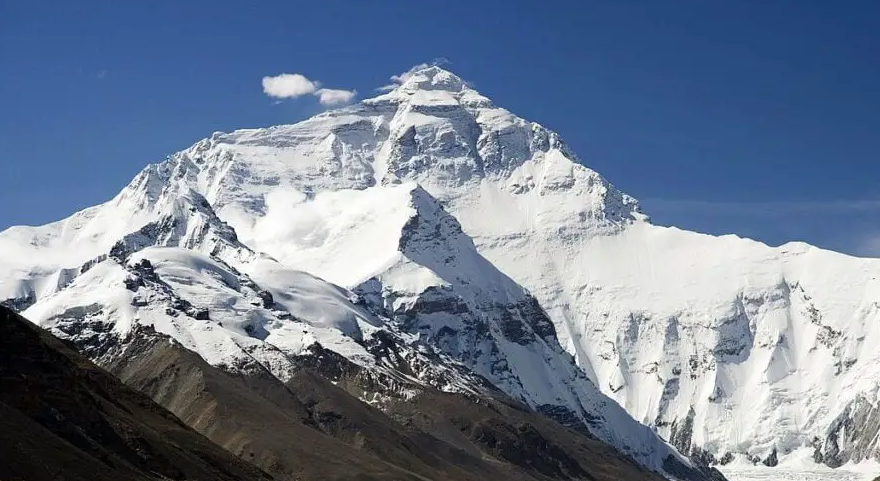How Much Does Mount Everest Weigh? Exploring the Weight of the World's Highest Peak
Mount Everest, the majestic peak standing tall in the Himalayas, is renowned for its awe-inspiring height and challenging climbing routes. While we often discuss the height and elevation of Mount Everest, have you ever wondered about its weight? In this article, we delve into the fascinating topic of how much Mount Everest weighs, shedding light on the factors that contribute to its overall mass and exploring the methods used to estimate its weight.

How much does mount everest weigh?
1. Understanding Mount Everest:
Before we explore the weight of Mount Everest, let's briefly understand this iconic mountain.
Mount Everest, also known as Sagarmatha in Nepali and Chomolungma in Tibetan, is the highest mountain in the world.
It is located in the Mahalangur Himal sub-range of the Himalayas, straddling the border between Nepal and Tibet.
Standing at an elevation of 8,848.86 meters (29,031.7 feet), it attracts adventurers and mountaineers from around the globe.
2. Estimating the Weight of Mount Everest:
Determining the weight of a mountain might seem like an unusual concept, but scientists have devised methods to estimate it. The weight of Mount Everest is primarily influenced by its mass and density. To calculate the weight, scientists use a combination of geological data, satellite measurements, and mathematical models.
3. Factors Affecting the Weight:
The weight of Mount Everest is influenced by various factors, including its volume, density, and composition. The mountain consists of different types of rocks, such as granite, schist, and limestone, which vary in density. The composition and structure of the mountain contribute to its overall weight.
4. Geological Surveys and Satellite Data:
Geological surveys and satellite measurements play a crucial role in estimating the weight of Mount Everest. Scientists analyze data collected from ground surveys, including gravity measurements and seismic studies, to understand the mountain's structure and density. Additionally, satellite technology provides valuable information about the Earth's gravitational field, aiding in the estimation process.
5. Approximations and Variations:
It's important to note that estimating the weight of Mount Everest is not an exact science, and different sources may provide varying approximations. The weight is often expressed in terms of gigatonnes (Gt), where 1 gigatonne is equivalent to 1 billion metric tonnes. Approximations suggest that Mount Everest weighs several trillion metric tonnes.
6. Significance of Mount Everest's Weight:
While the weight of Mount Everest itself may not have significant implications, understanding its mass and density contributes to scientific research and geological studies. It provides insights into the Earth's crust and tectonic processes, helping scientists better understand the dynamics of our planet.

Mount Everest
Although the weight of Mount Everest is not a commonly discussed aspect, it is a fascinating topic that sheds light on the mountain's mass and density. Through geological surveys, satellite data, and mathematical models, scientists estimate the weight of this iconic peak. While variations may exist in the approximations, they provide valuable insights into the composition and structure of Mount Everest. Exploring the weight of Mount Everest adds another dimension to our understanding of this extraordinary natural wonder and its significance in scientific research.